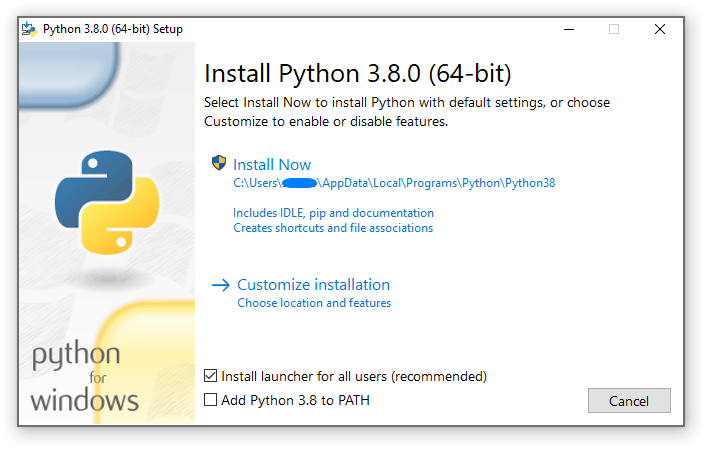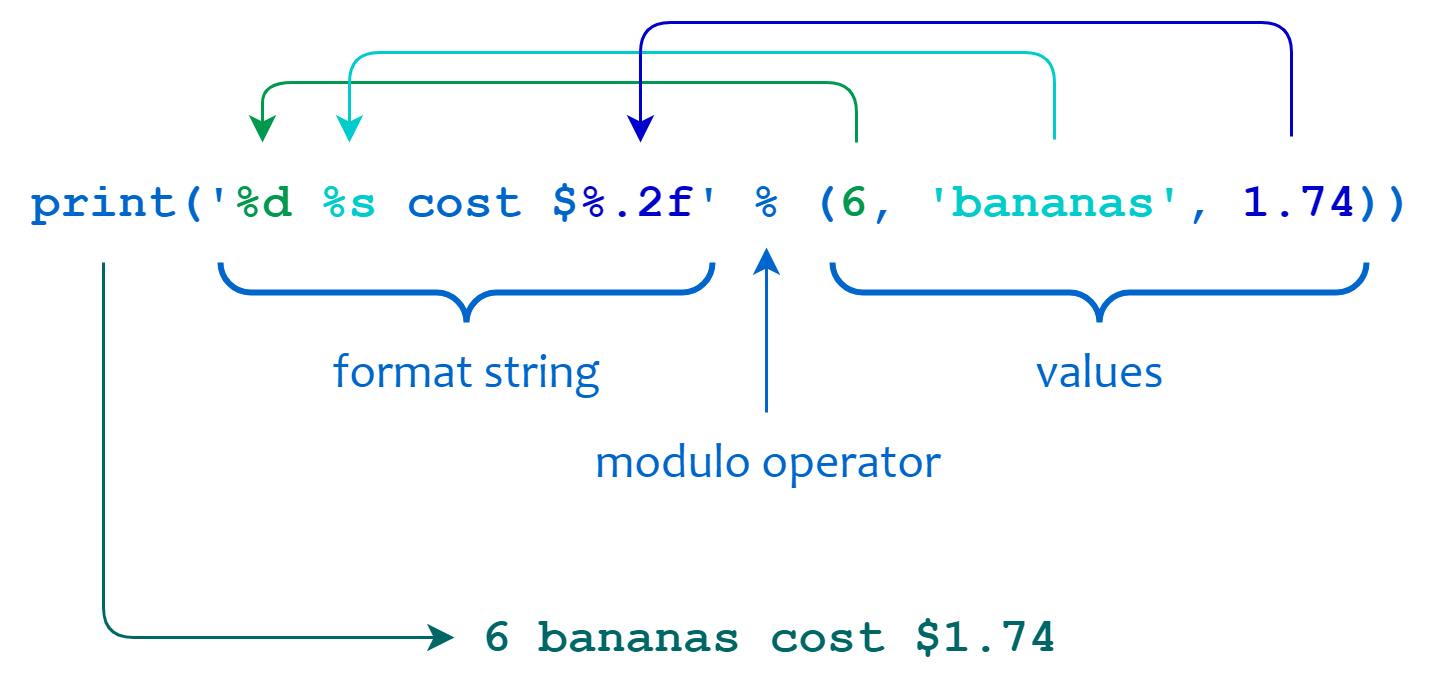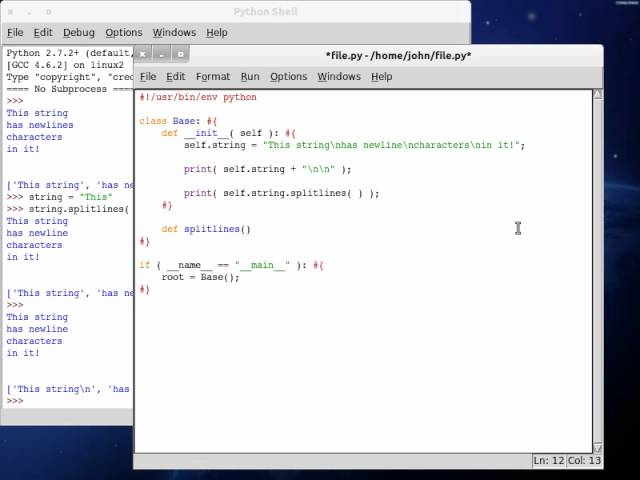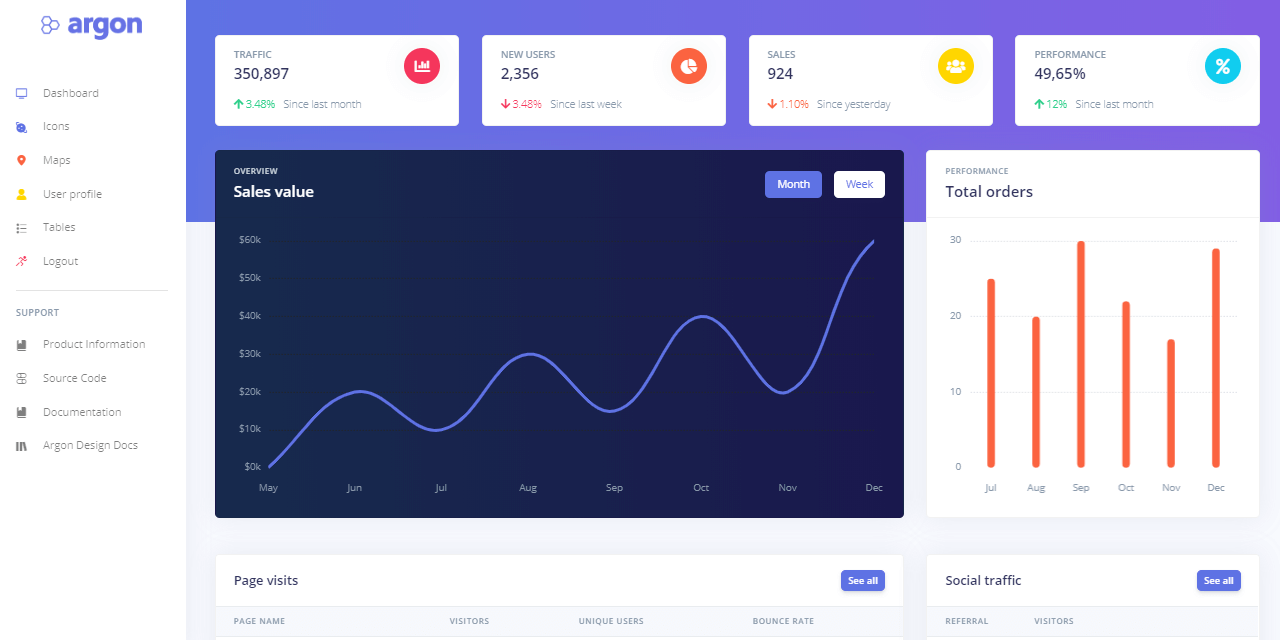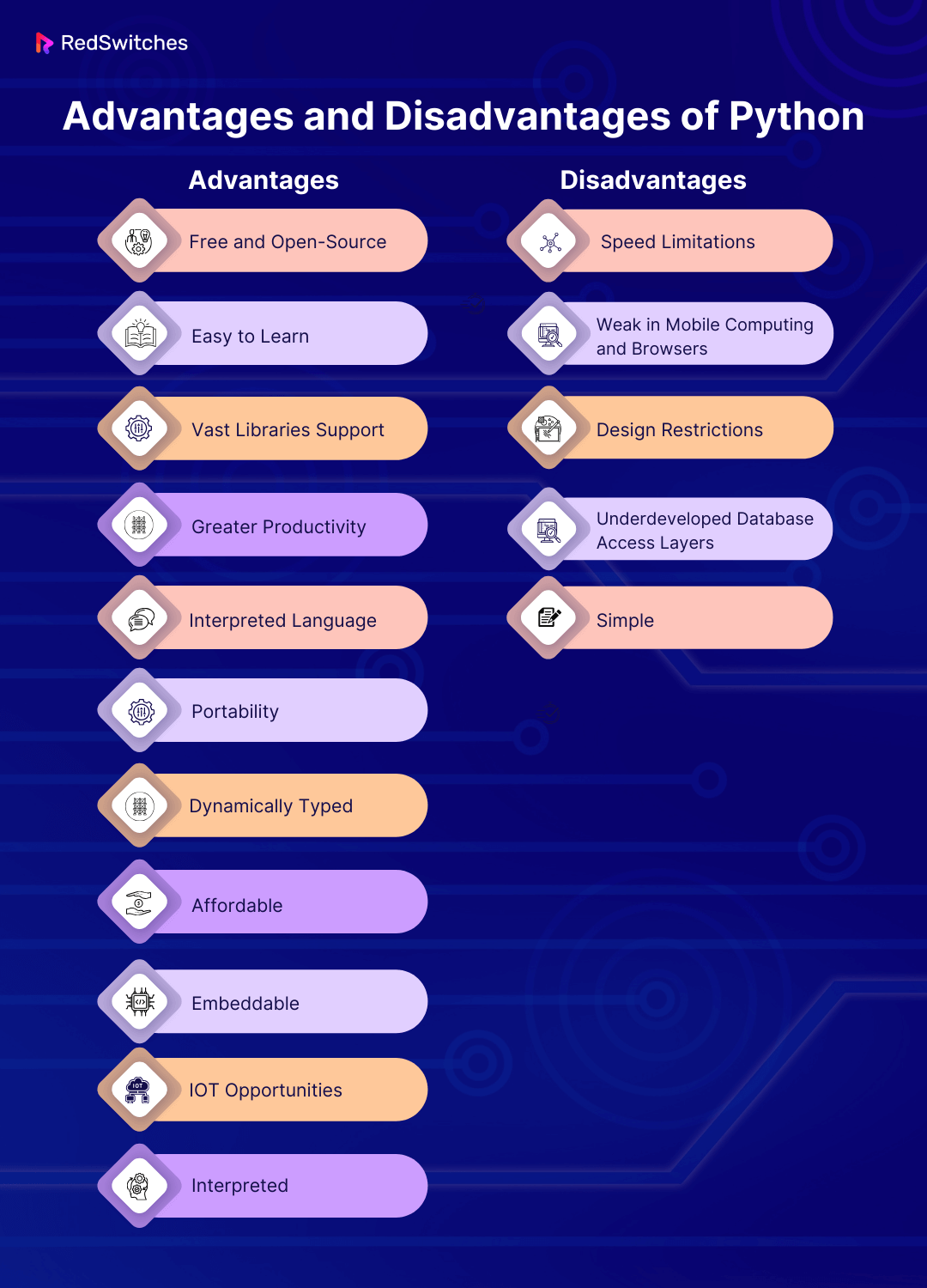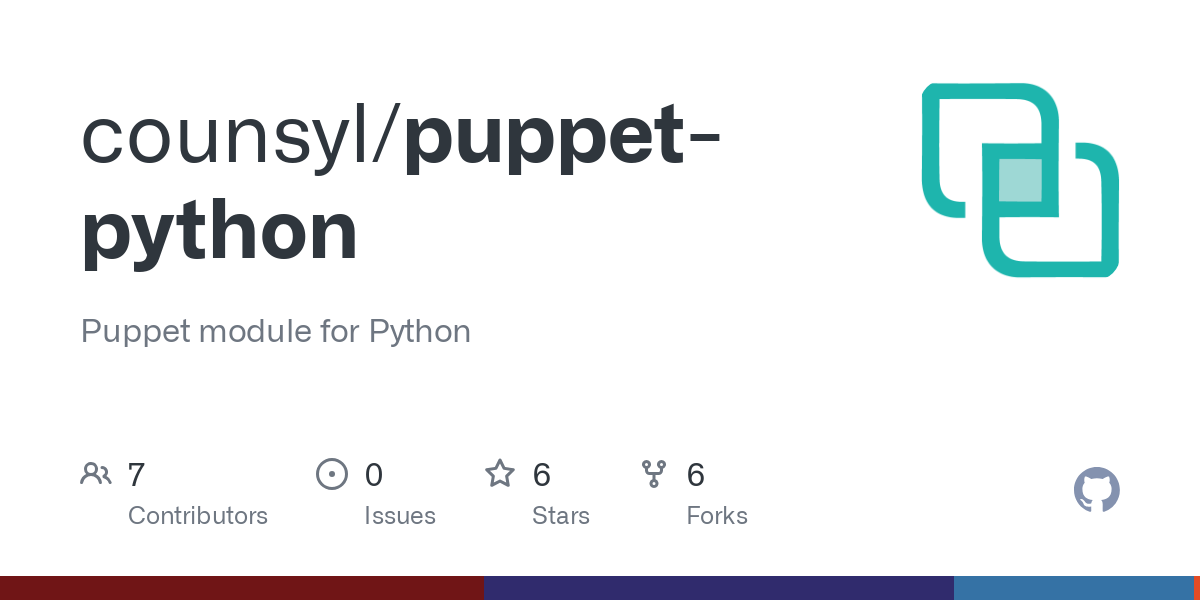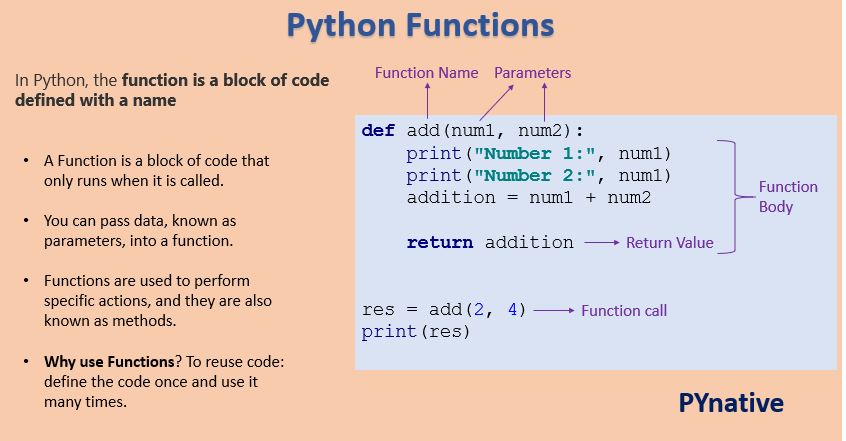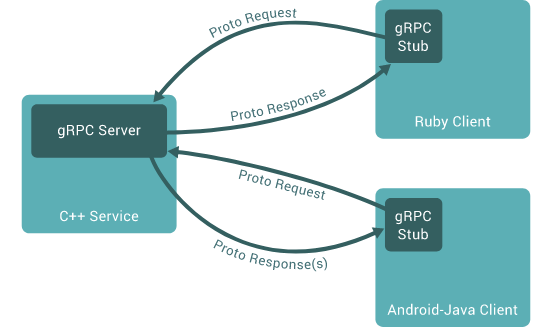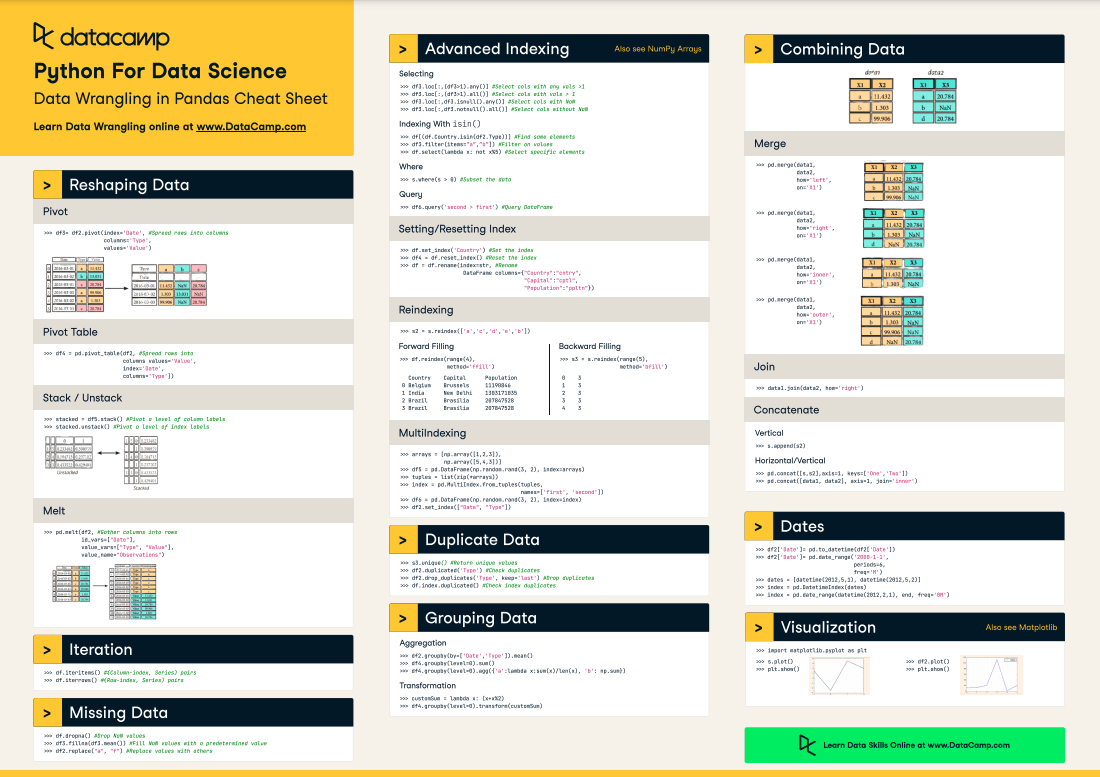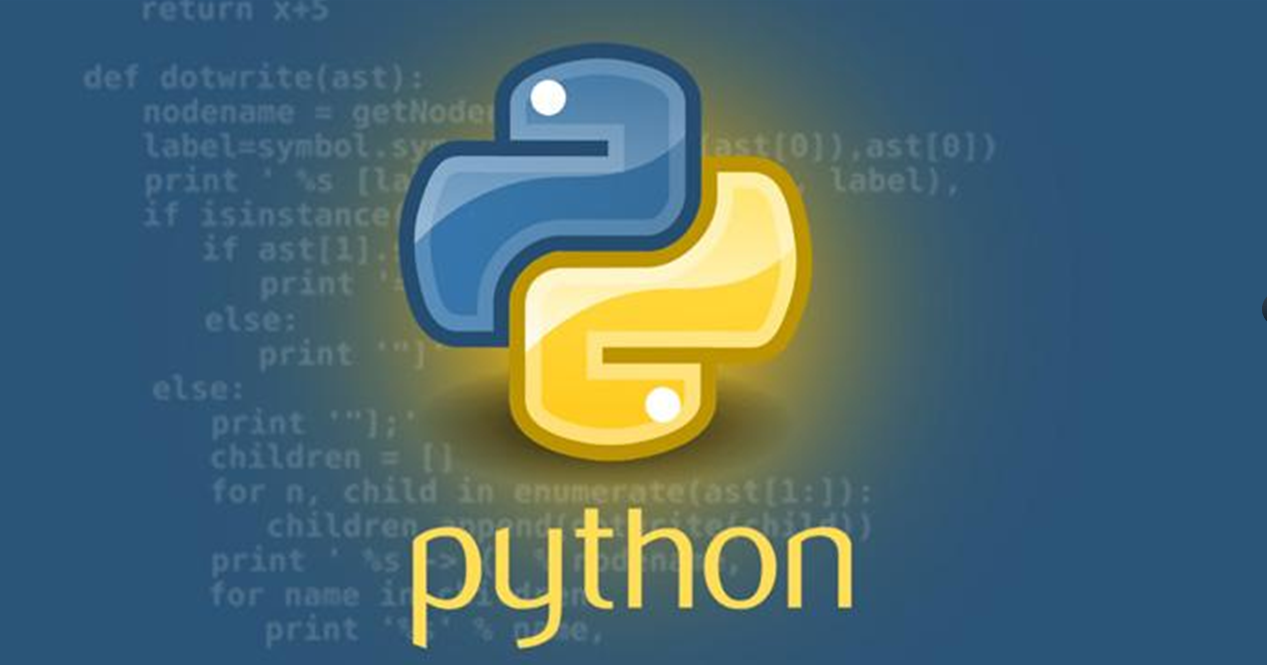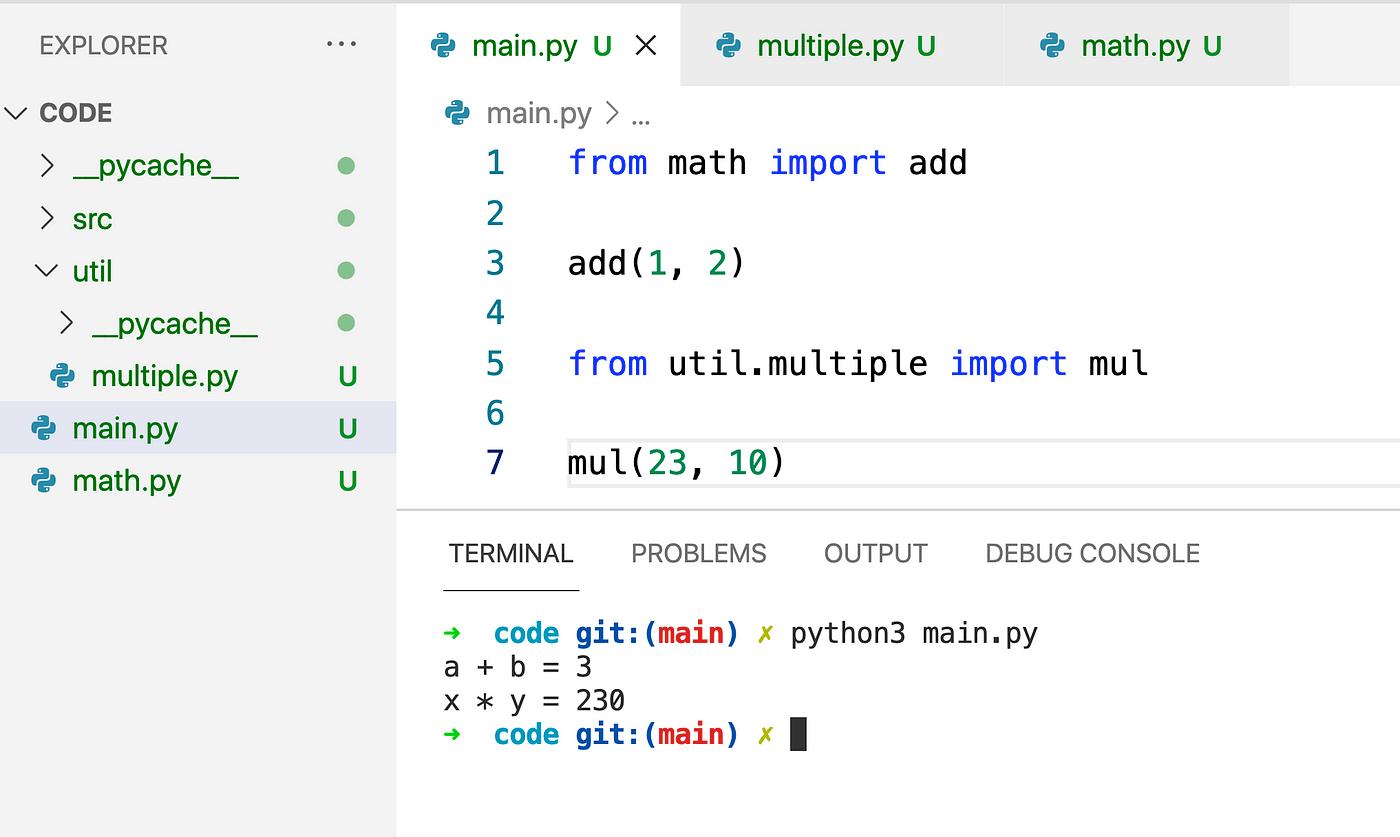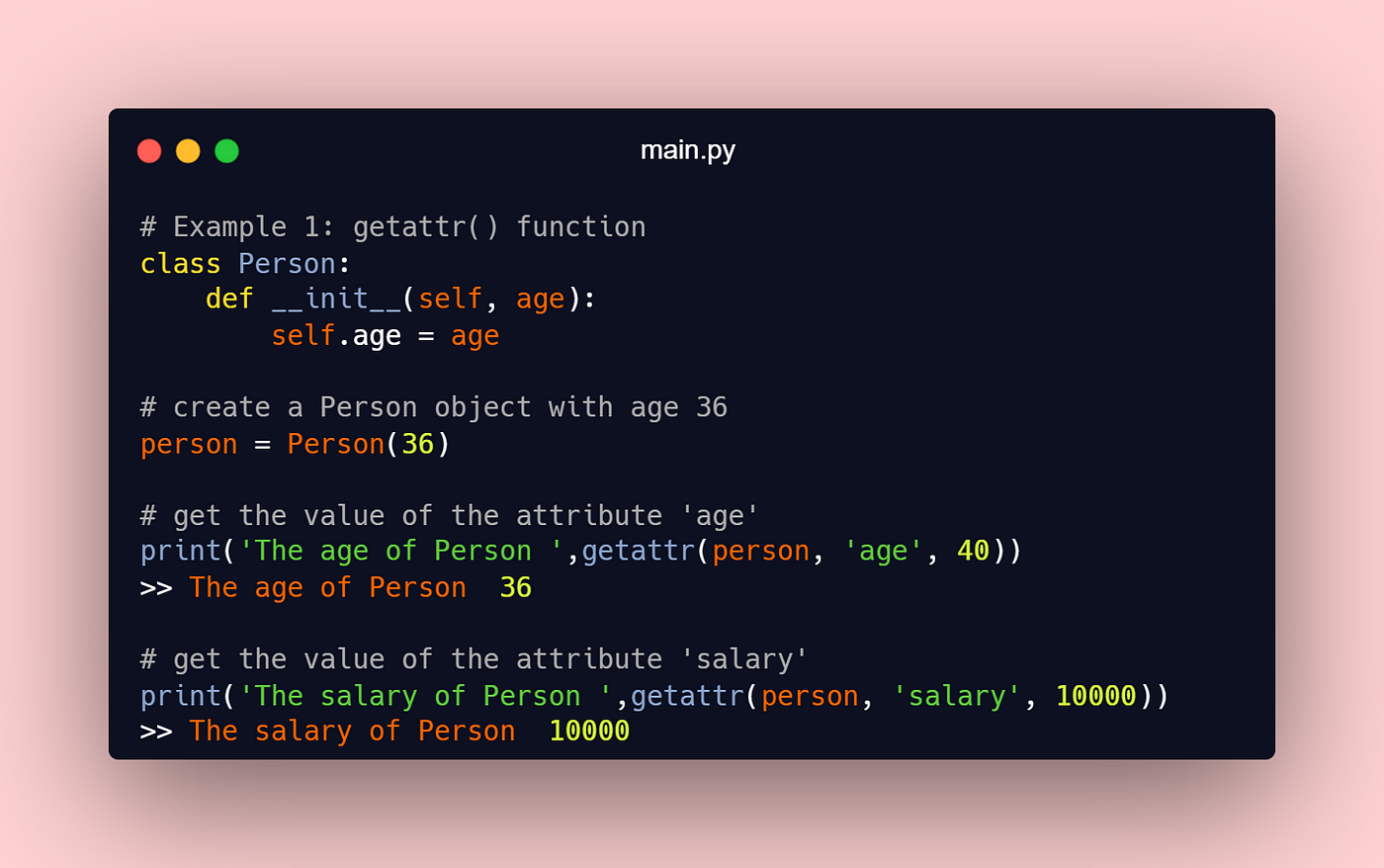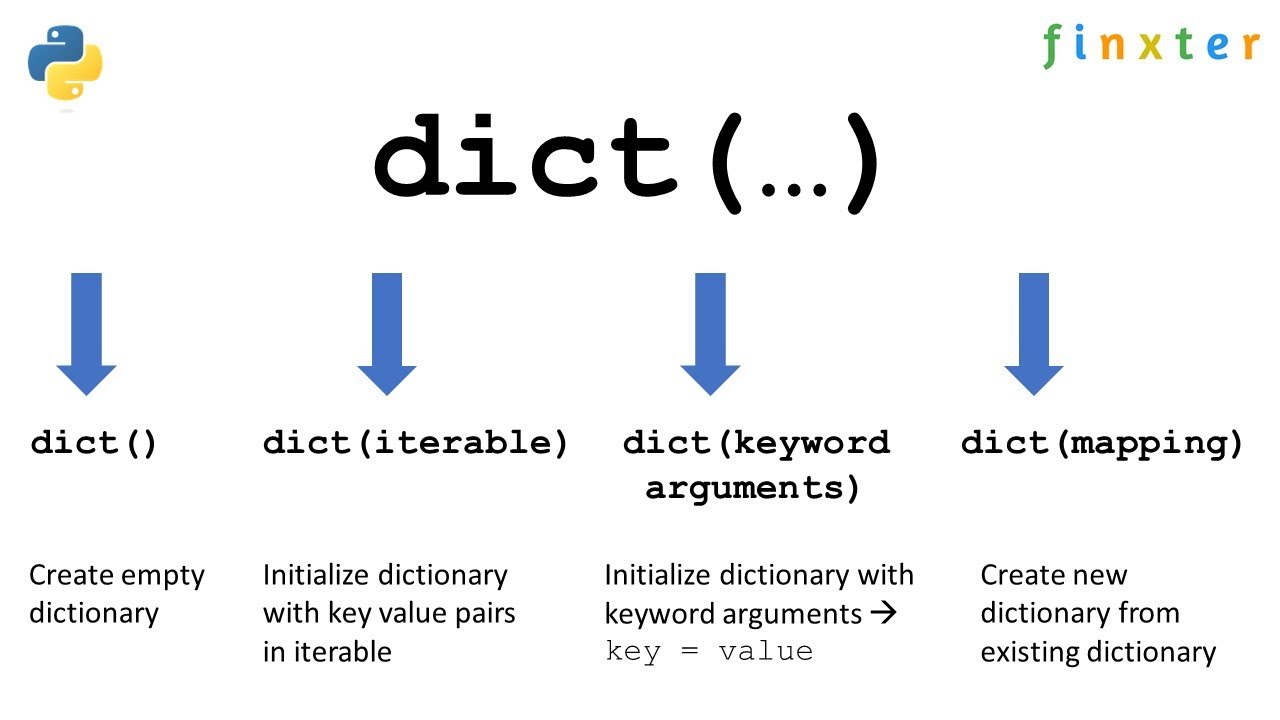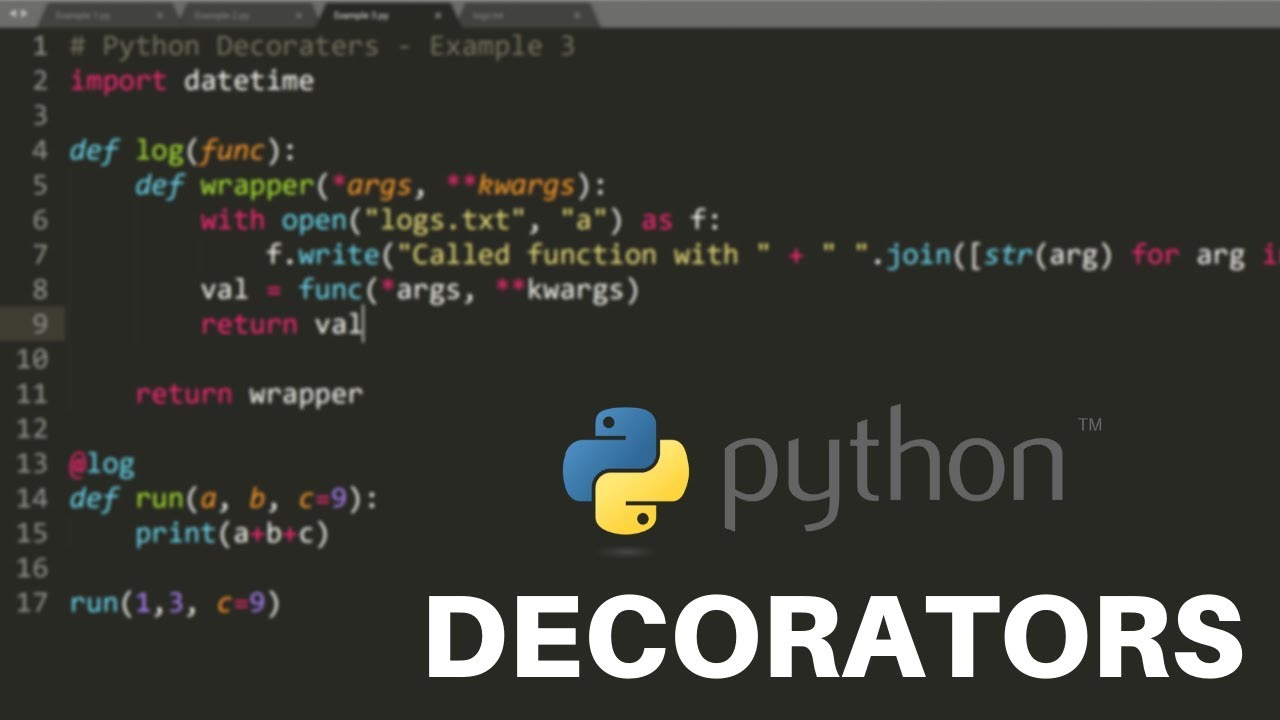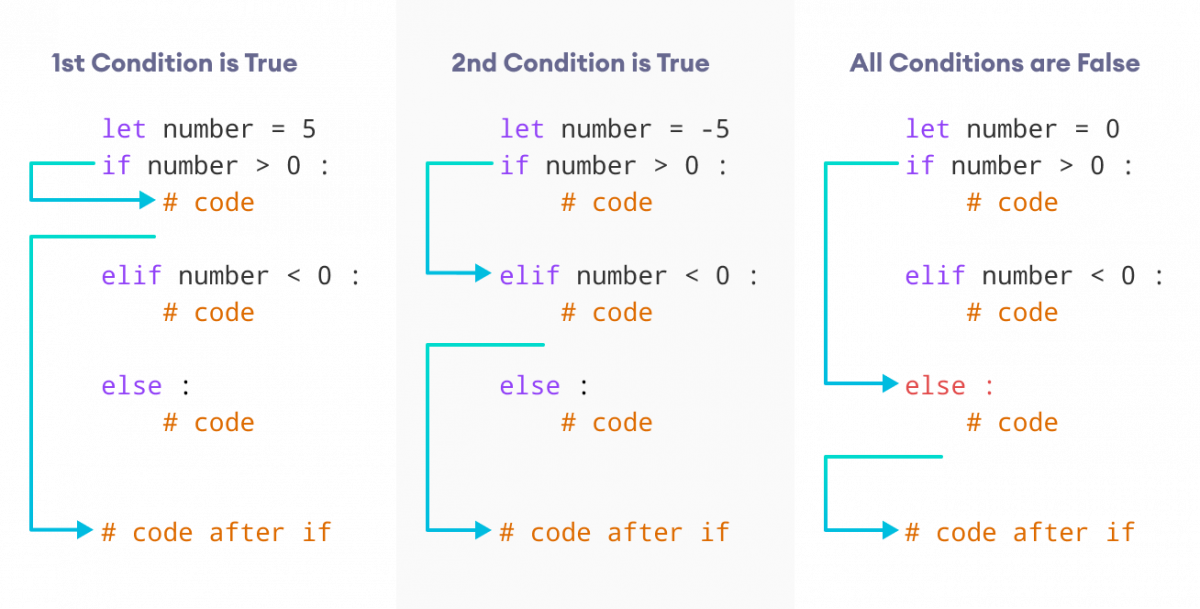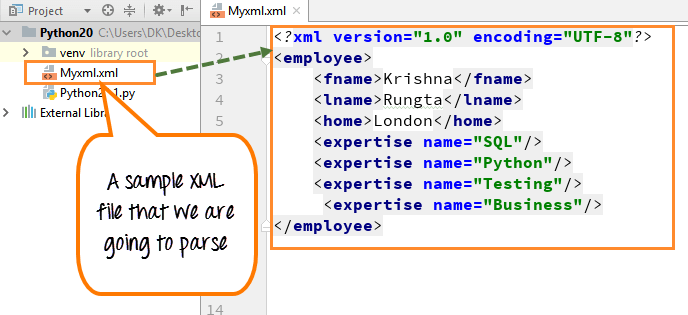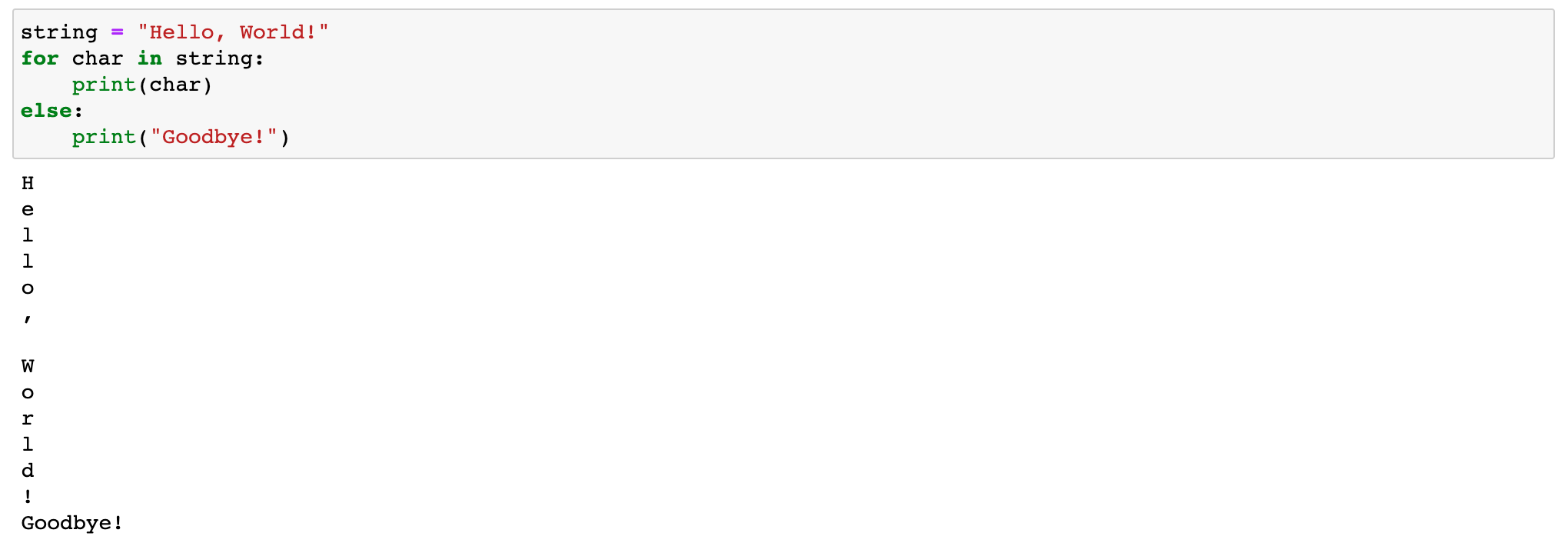Python sqlite3 w3schools
Python sqlite3 w3schools
Here is a response in English:
The combination of Python and SQLite provides a powerful tool for building database-driven applications. In this tutorial, we will use the sqlite3 module from the Python standard library to interact with a SQLite database.
First, let's start by creating a new SQLite database using the following code:
import sqlite3 Create a new database or connect to an existing oneconnection = sqlite3.connect('test.db')
print("Opened database successfully")
This code imports the sqlite3 module and creates a connection to a SQLite database called test.db. If this is your first time working with SQLite, you might want to create a new database rather than connecting to an existing one.
Next, we will create a table in our SQLite database. Here's how to do it:
# Create a cursor objectcursor = connection.cursor()
Create tablecursor.execute("""CREATE TABLE IF NOT EXISTS users (
id INTEGER PRIMARY KEY,
name TEXT,
email TEXT UNIQUE)
""")
print("Table created successfully")
This code creates a new table called users with three columns: id, name, and email. The IF NOT EXISTS clause ensures that the table is only created if it doesn't already exist. The UNIQUE constraint means that each email address must be unique within the database.
Now, let's insert some data into our SQLite database:
# Insert a rowcursor.execute("INSERT INTO users VALUES (1, 'John Doe', '[email protected]')")
print("Record created successfully")
This code inserts a new record into our users table with an ID of 1, a name of "John Doe", and an email address of "[email protected]".
Next, let's fetch the data from our SQLite database:
# Fetch all rowscursor.execute("SELECT * FROM users")
rows = cursor.fetchall()
print("Rows:")
for row in rows:
print(row)
This code selects all rows from our users table and prints them out.
Finally, let's update our SQLite database:
# Update a rowcursor.execute("UPDATE users SET name='Jane Doe' WHERE id=1")
print("Record updated successfully")
This code updates the name of the user with an ID of 1 to "Jane Doe".
Let's also delete from our SQLite database:
# Delete a rowcursor.execute("DELETE FROM users WHERE id=1")
print("Record deleted successfully")
This code deletes the user with an ID of 1 from our users table.
Now, let's close our SQLite connection and finish up:
# Close the cursorcursor.close()
Close the connectionconnection.close()
This code closes our cursor and database connection to free up system resources.
Is SQLite already installed with Python?

I'm happy to respond in English for this question.
SQLite is a self-contained, file-based relational database system that doesn't require any external setup or configuration. While it's not directly installed with Python, you can use the sqlite3 module, which is part of the Python Standard Library, to interact with SQLite databases.
In other words, Python has built-in support for SQLite through the sqlite3 module, which makes it easy to create, modify, and query SQLite databases from within your Python scripts. This means that as long as you have Python installed on your system, you already have the basic tools needed to work with SQLite databases.
To use the sqlite3 module in Python, you simply need to import it:
import sqlite3
Then, you can create a connection to a database file (or create a new one if it doesn't exist) and start interacting with the database using SQL queries or Python's ORM (Object-Relational Mapping) capabilities.
For example, here's how you could connect to an existing SQLite database file named example.db:
import sqlite3 Connect to the database fileconn = sqlite3.connect('example.db')
Create a cursor objectcur = conn.cursor()
Execute SQL querycur.execute("SELECT * FROM my_table")
Fetch and print all rowsrows = cur.fetchall()
for row in rows:
print(row)
Close the connectionconn.close()
In this example, we create a connection to the example.db file, create a cursor object to execute SQL queries, execute an SQL query to retrieve data from the database, and then close the connection when done.
This is just a brief introduction to using SQLite with Python. If you're interested in learning more about how to work with SQLite databases from within your Python scripts, I'd be happy to provide additional resources or code examples.

